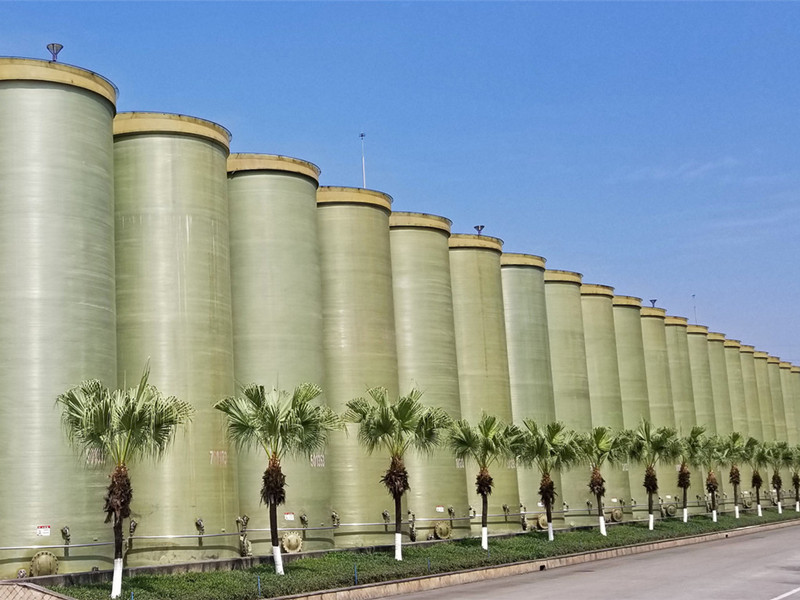
-
 Afrikaans
Afrikaans -
 Albanian
Albanian -
 Amharic
Amharic -
 Arabic
Arabic -
 Armenian
Armenian -
 Azerbaijani
Azerbaijani -
 Basque
Basque -
 Belarusian
Belarusian -
 Bengali
Bengali -
 Bosnian
Bosnian -
 Bulgarian
Bulgarian -
 Catalan
Catalan -
 Cebuano
Cebuano -
 China
China -
 China (Taiwan)
China (Taiwan) -
 Corsican
Corsican -
 Croatian
Croatian -
 Czech
Czech -
 Danish
Danish -
 Dutch
Dutch -
 English
English -
 Esperanto
Esperanto -
 Estonian
Estonian -
 Finnish
Finnish -
 French
French -
 Frisian
Frisian -
 Galician
Galician -
 Georgian
Georgian -
 German
German -
 Greek
Greek -
 Gujarati
Gujarati -
 Haitian Creole
Haitian Creole -
 hausa
hausa -
 hawaiian
hawaiian -
 Hebrew
Hebrew -
 Hindi
Hindi -
 Miao
Miao -
 Hungarian
Hungarian -
 Icelandic
Icelandic -
 igbo
igbo -
 Indonesian
Indonesian -
 irish
irish -
 Italian
Italian -
 Japanese
Japanese -
 Javanese
Javanese -
 Kannada
Kannada -
 kazakh
kazakh -
 Khmer
Khmer -
 Rwandese
Rwandese -
 Korean
Korean -
 Kurdish
Kurdish -
 Kyrgyz
Kyrgyz -
 Lao
Lao -
 Latin
Latin -
 Latvian
Latvian -
 Lithuanian
Lithuanian -
 Luxembourgish
Luxembourgish -
 Macedonian
Macedonian -
 Malgashi
Malgashi -
 Malay
Malay -
 Malayalam
Malayalam -
 Maltese
Maltese -
 Maori
Maori -
 Marathi
Marathi -
 Mongolian
Mongolian -
 Myanmar
Myanmar -
 Nepali
Nepali -
 Norwegian
Norwegian -
 Norwegian
Norwegian -
 Occitan
Occitan -
 Pashto
Pashto -
 Persian
Persian -
 Polish
Polish -
 Portuguese
Portuguese -
 Punjabi
Punjabi -
 Romanian
Romanian -
 Russian
Russian -
 Samoan
Samoan -
 Scottish Gaelic
Scottish Gaelic -
 Serbian
Serbian -
 Sesotho
Sesotho -
 Shona
Shona -
 Sindhi
Sindhi -
 Sinhala
Sinhala -
 Slovak
Slovak -
 Slovenian
Slovenian -
 Somali
Somali -
 Spanish
Spanish -
 Sundanese
Sundanese -
 Swahili
Swahili -
 Swedish
Swedish -
 Tagalog
Tagalog -
 Tajik
Tajik -
 Tamil
Tamil -
 Tatar
Tatar -
 Telugu
Telugu -
 Thai
Thai -
 Turkish
Turkish -
 Turkmen
Turkmen -
 Ukrainian
Ukrainian -
 Urdu
Urdu -
 Uighur
Uighur -
 Uzbek
Uzbek -
 Vietnamese
Vietnamese -
 Welsh
Welsh -
 Bantu
Bantu -
 Yiddish
Yiddish -
 Yoruba
Yoruba -
 Zulu
Zulu
Fiber Reinforced Polymer Gratings for Enhanced Structural Performance and Durability
Understanding FRP Grating Applications and Advantages
Fiber-Reinforced Polymer (FRP) grating has emerged as a revolutionary solution in various industries, gaining popularity due to its unique properties and versatile applications. This composite material, characterized by a polymer matrix reinforced with fibers, typically made from glass or carbon, offers significant advantages over traditional materials such as steel and concrete.
What is FRP Grating?
FRP grating is a type of structural component made by combining polymer resins with reinforcing fibers. The resulting material is lightweight, corrosion-resistant, and strong, making it ideal for applications in harsh environments. The production process involves pultrusion or hand lay-up methods, resulting in a grid-like structure that can support heavy loads while minimizing weight.
Key Advantages of FRP Grating
1. Corrosion Resistance One of the foremost reasons for the adoption of FRP grating is its exceptional resistance to chemical corrosion. Unlike steel, which can rust and degrade when exposed to moisture and chemicals, FRP does not corrode, making it suitable for use in wastewater treatment facilities, chemical processing plants, and marine environments.
2. Lightweight and High Strength FRP grating is significantly lighter than traditional metal grating but offers similar if not higher strength characteristics. This lightweight nature simplifies handling and installation, reducing labor costs and timeframes for project completions.
3. Low Maintenance FRP grating requires minimal maintenance compared to traditional materials. Its resistance to environmental factors means that it does not need regular painting or treatment, providing long-term cost savings.
frp grating

4. Safety Features The non-slip surface of FRP grating enhances safety, particularly in environments that may be exposed to water or oils. Additionally, its lightweight nature reduces the risk of injury during transport and installation.
5. Versatility FRP grating can be manufactured in various colors and designs, making it suitable for both functional and aesthetic purposes. This versatility allows it to be utilized in diverse settings, from industrial applications to commercial venues.
Applications of FRP Grating
Due to its exceptional properties, FRP grating is used across a wide range of sectors
- Industrial Settings From platforms and walkways in manufacturing plants to stairways and bridges, FRP grating provides strength and safety in industrial environments. - Water Treatment Facilities Its resistance to chemicals and moisture makes FRP grating ideal for water treatment plants, where it can withstand the harsh conditions found in such facilities. - Marine Applications Used for docks, piers, and boat ramps, FRP grating can endure the corrosive effects of saltwater, providing longer service life in marine environments. - Construction Industry Architects and engineers increasingly incorporate FRP grating into building designs, both for structural benefits and aesthetic appeal.
Conclusion
In conclusion, FRP grating is a remarkable advancement in materials technology, offering numerous advantages over traditional materials. Its strength, lightweight nature, corrosion resistance, and low maintenance requirements make it an ideal choice for various applications across multiple industries. As the demand for sustainable and durable materials continues to rise, FRP grating is expected to play an increasingly significant role in modern engineering and construction practices. With its myriad benefits and applications, FRP grating not only represents the future of safe and effective design but also underscores the importance of innovation in addressing contemporary industrial challenges.
Latest news
-
Exploring the Benefits of Top Hammer Drifter Rods for Enhanced Drilling PerformanceNewsJun.10,2025
-
High-Precision Fiberglass Winding Machine for GRP/FRP Pipe Production – Reliable & Efficient SolutionsNewsJun.10,2025
-
FRP Pipes & Fittings for Shipbuilding - Corrosion-Resistant & LightweightNewsJun.09,2025
-
Premium FRP Flooring Solutions Durable & Slip-ResistantNewsJun.09,2025
-
Premium Fiberglass Rectangular Tanks Durable & Lightweight SolutionNewsJun.09,2025
-
Tapered Drill String Design Guide Durable Performance & UsesNewsJun.09,2025









